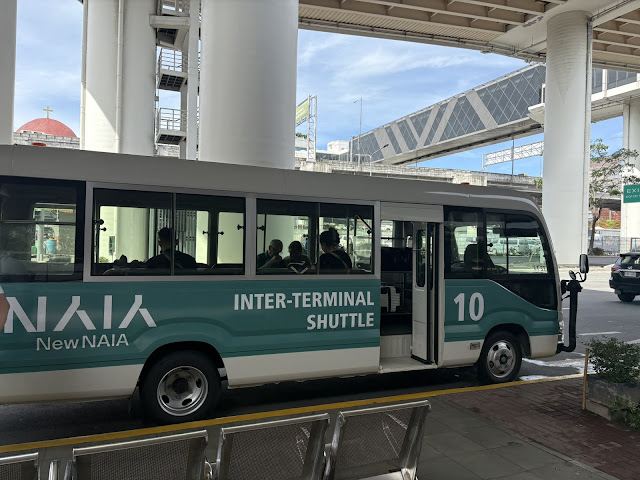Shoppers and visitors to some of Makati's busiest commercial hubs will soon see an adjustment in parking fees. Ayala Malls has announced new parking rates for Glorietta, Greenbelt, and One Ayala, set to take effect starting July 16, 2025.
The advisory, released by Ayala Malls, outlines a slight increase in the daily parking charges across these prime destinations in the Ayala Center complex.
Loading...
Under the new structure, the first two hours of parking will now be charged at PHP 60.00. For every succeeding hour thereafter, a rate of PHP 20.00 will apply.
RELATED: New Parking Fee Rates at NAIA
The updated rates aim to manage parking availability and support ongoing operational enhancements within the popular malls.
Patrons are advised to take note of the new fee structure when planning their visits to Glorietta, Greenbelt, and One Ayala starting mid-July.
RELATED NEWS: Shiloh Transport Launches New Routes from Valero Carpark Terminal, Boosting Makati Commutes
Ayala Malls expressed gratitude for customers' understanding and continued patronage as these adjustments are implemented.
More Parking Guides and Updates . . .
- Ayala Triangle Gardens Parking Fee
- Uptown Mall Parking: Rates, Locations, and Hours
- Guide to Market Market Parking Rates, Locations and Hours
- New Parking Rates Implemented at SM Aura
- How to travel to BGC from anywhere in Metro and Greater Manila
- How to Get to Venice Grand Canal Mall (Transportation Guide)
- BGC BUS Routes, Schedules and Fares
- PARKING IN CUBAO: Carpark Locations and Rates in Araneta City and Nearby Places

































